Gel
You are viewing 20 out of 93 results
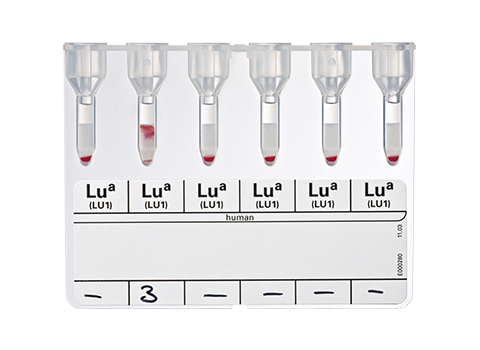
Anti-Luᵃ
ID-Card for determination of antigen Luᵃ
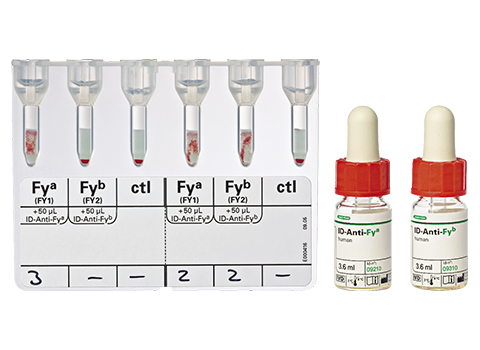
Test of Antigen Fyᵃ and Fyᵇ, ID-Card Fyᵃ /Fyᵇ, Test Serum ID-Anti-Fyᵃ /Fyᵇ
Testing products for antigen Fyᵃ/Fyᵇ
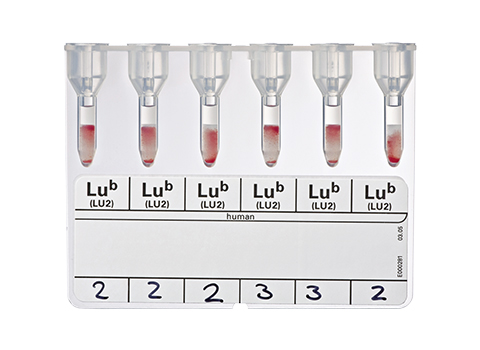
Anti-Luᵇ
ID-Card for determination of Luᵇ
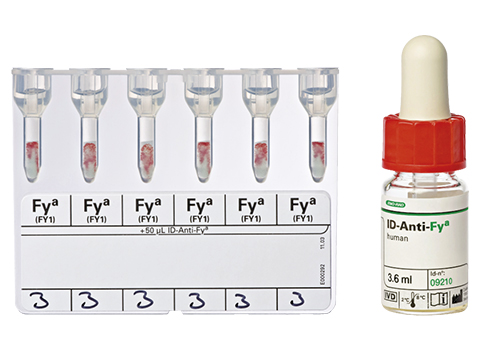
Test of Antigen Fyᵃ, ID-Card Fyᵃ, Test Serum ID-Anti-Fyᵃ
Testing products for antigen Fyᵃ
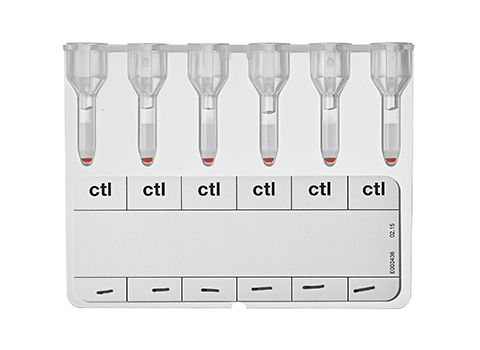
Control Card A
Control for the ID-Cards DiaClon Rh-Subgroups + Cʷ + K and DiaClon Anti-Cʷ
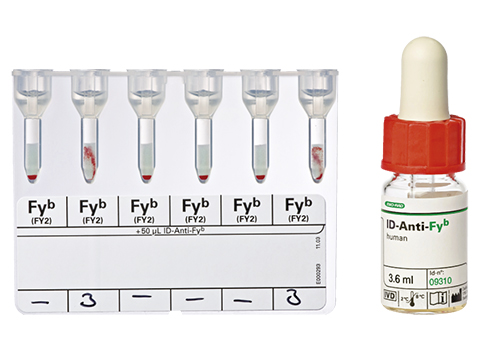
Test of Antigen Fyᵇ, ID-Card Fyᵇ, Test Serum ID-Anti-Fyᵇ
Testing products for antigen Fyᵇ
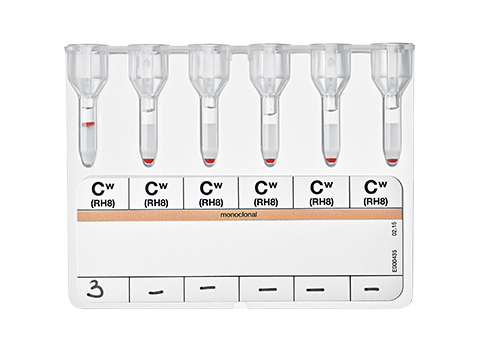
DiaClon Anti-Cʷ
Human antisera ID-Card for low-frequency Cʷ (Rh8) antigen
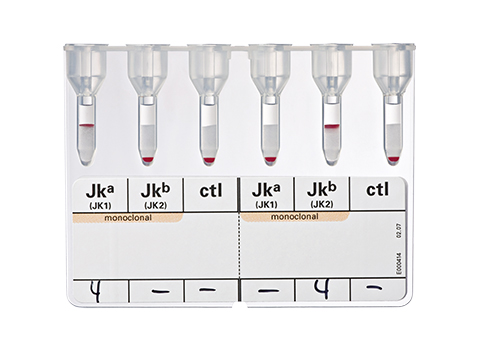
DiaClon Anti-Jkᵃ/Jkᵇ
ID-Card for determination of antigen Jkᵃ/Jkᵇ
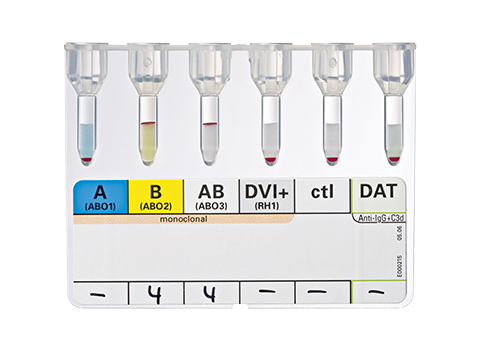
DiaClon ABO/Rh for Newborns DVI+
ABO/Rh for newborns DVI+ using monoclonal antisera. The anti-D used will not react with all examples of Dweak
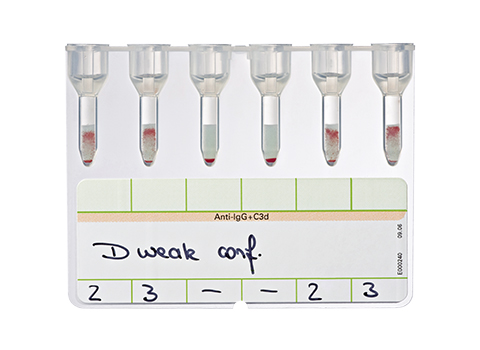
LISS/Coombs
ID-Card consisting of 6 microtubes containing anti-IgG and anti-C3d
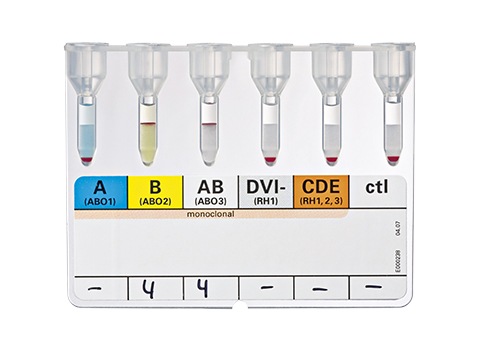
DiaClon ABO/Rh for Patients
ID-Card for forward typing of ABO, plus RhD (DVI neg.) and CDE, in a single test procedure
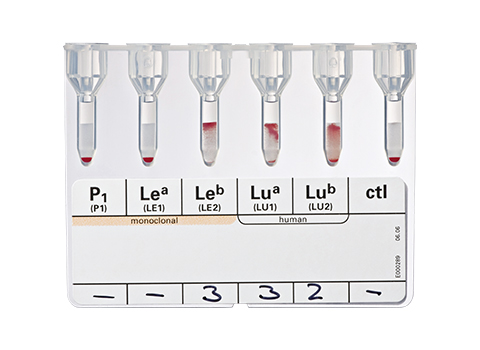
ID-Antigen Profile I
ID-Antigen Profile card require only the addition of the red cell suspension in ID-Diluent 1
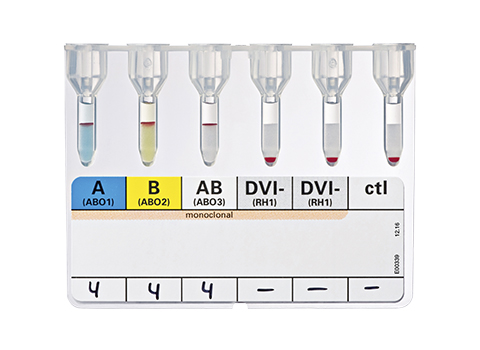
DiaClon ABO/DVI-
This ID-Card is used for ABO forward blood grouping and double RhD determination for patients as well as for newborns
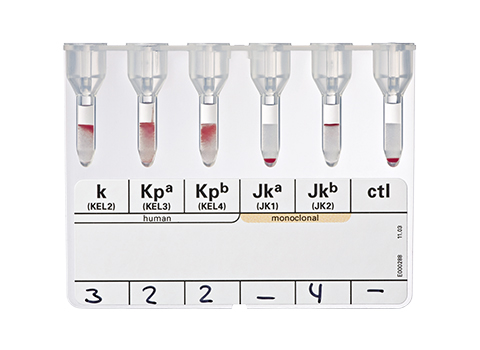
ID-Antigen Profile II
ID-Antigen Profile card require only the addition of the red cell suspension in ID-Diluent 1
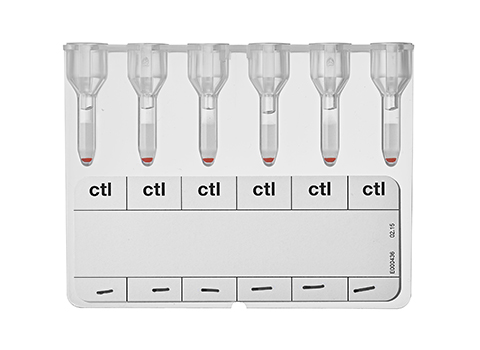
Control Card A
Control for the ID-Cards DiaClon Rh-Subgroups + Cw + K and DiaClon Anti-Cʷ
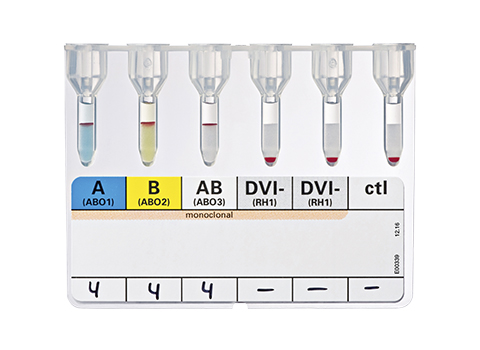
DiaClon ABO/DVI- for Patients
This ID-Card is used for ABO forward blood grouping and double RhD determination for patients as well as for newborns
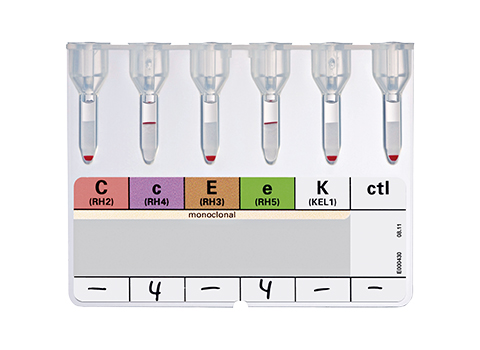
DiaClon Rh + K Pheno II
ID-Card for complete profiling of the Rh phenotype including K-typing
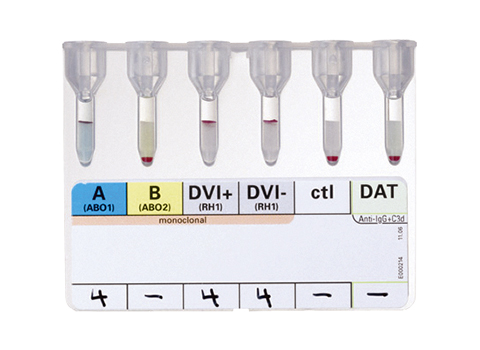
DiaClon ABO/DVI+/DVI- + DAT
This ID-Card is used for ABO forward typing and RhD status in one single test procedure, including a Direct Antiglobulin Test (DAT)
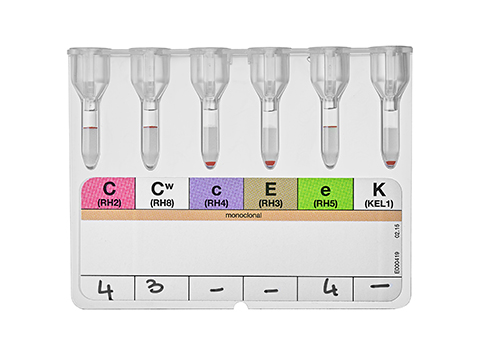
DiaClon Rh-Subgroups + Cʷ + K
Complete profiling of the Rh phenotype, including Cʷ and K-typing, in one easy procedure
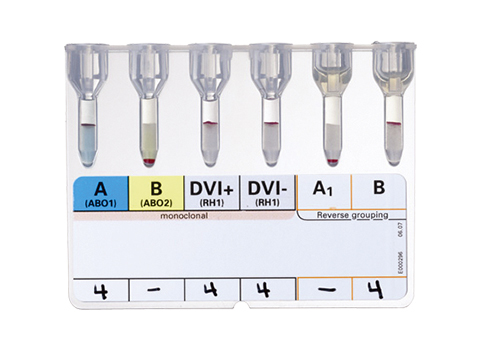
DiaClon ABO/D (DVI+, DVI-) + Reverse Grouping
Combined testing of forward and reverse grouping as well as a double RhD determination